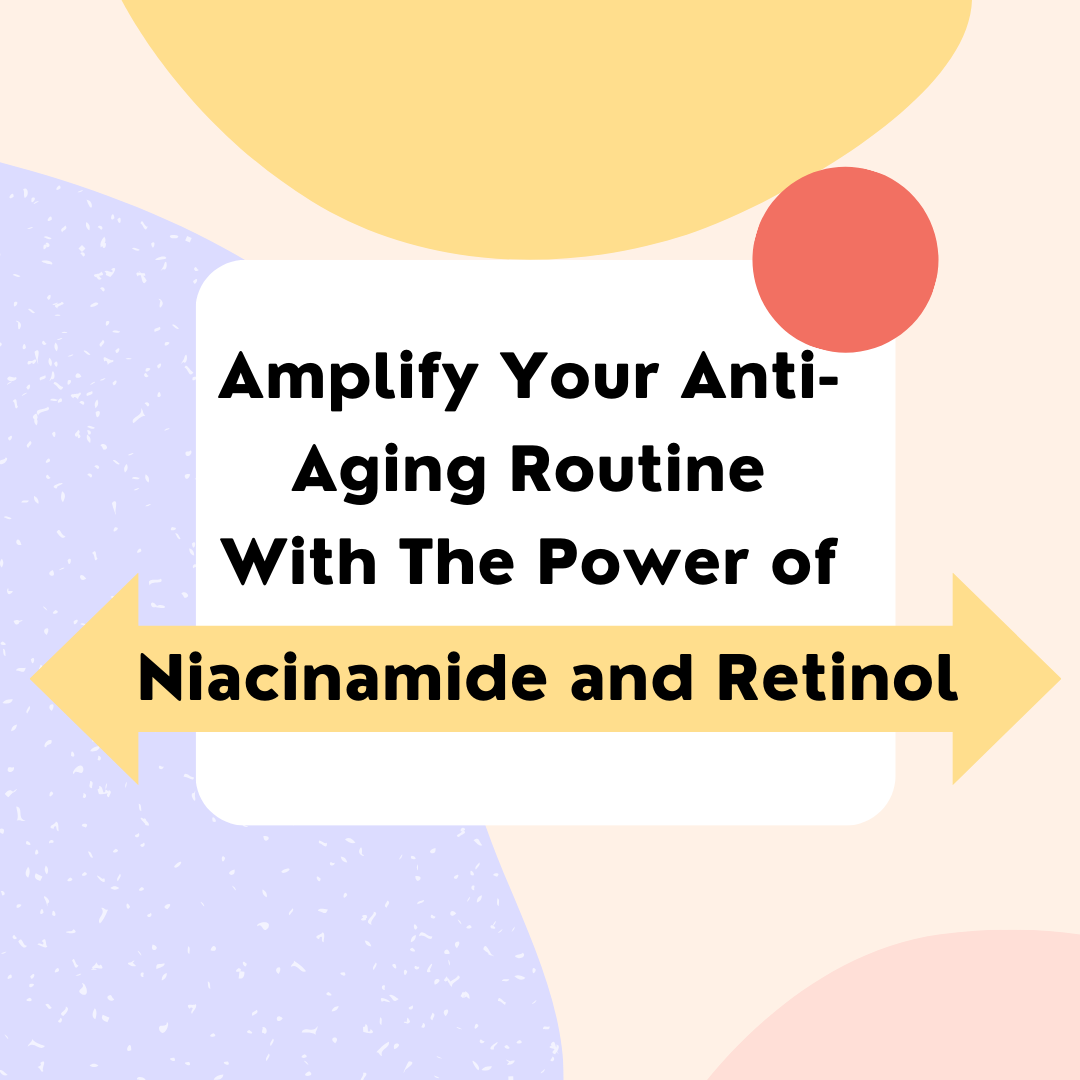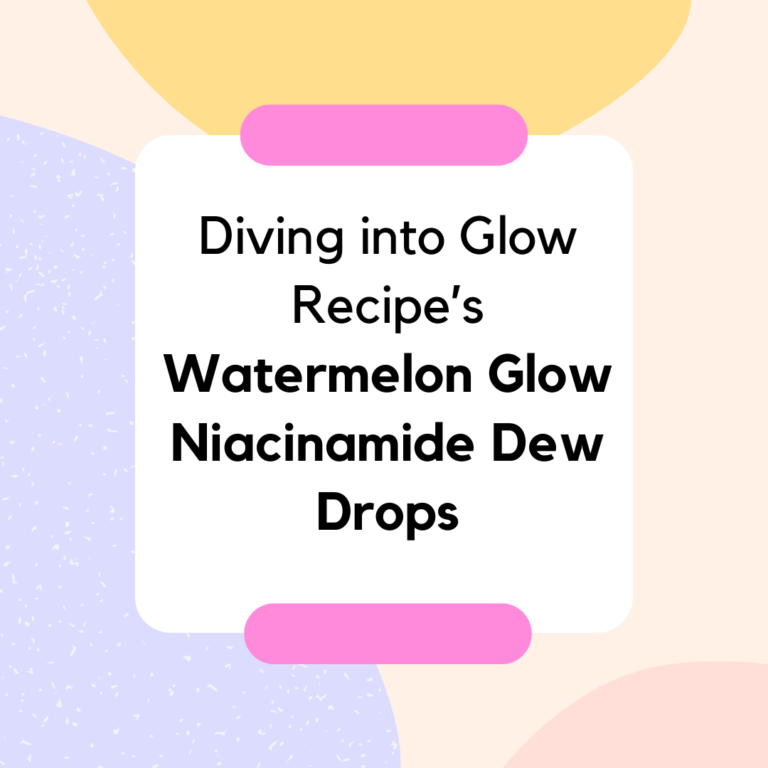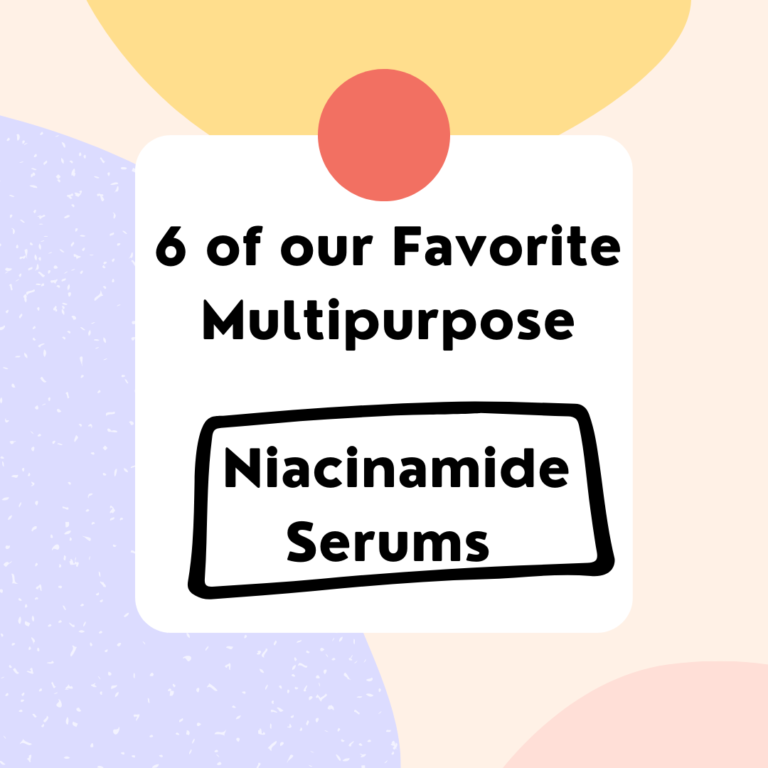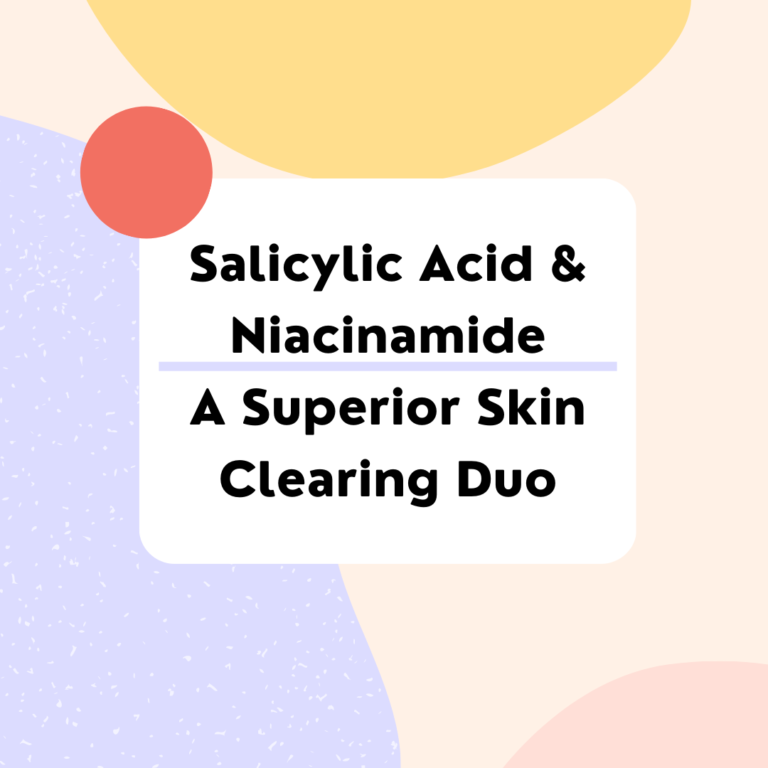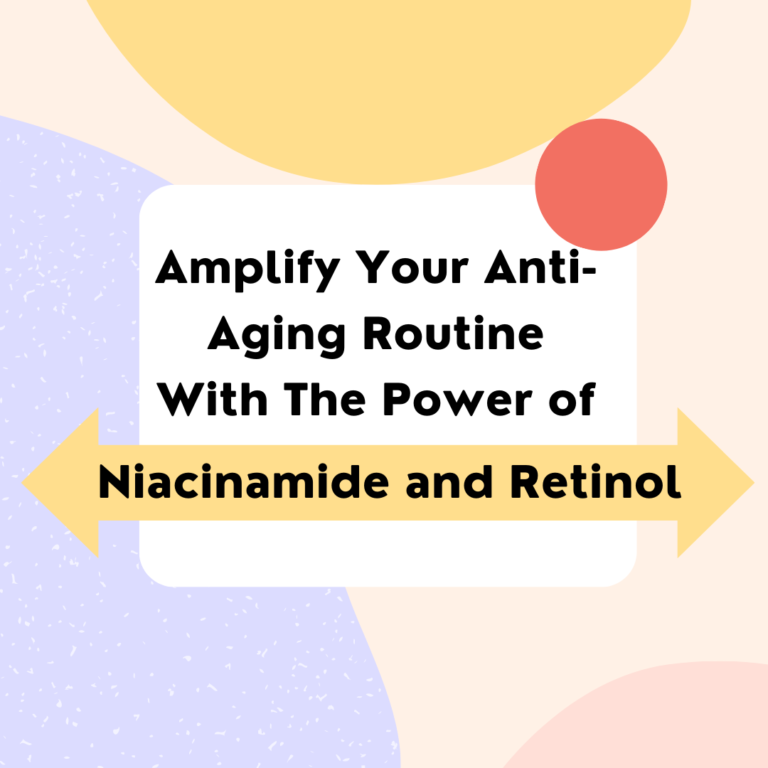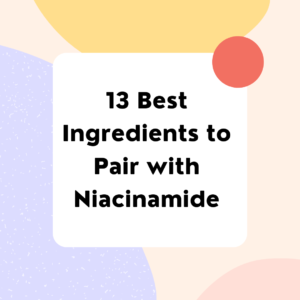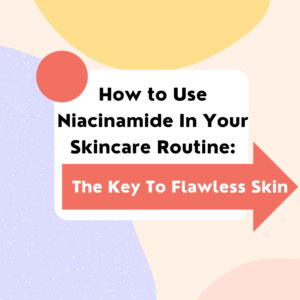Niacinamide and Retinol are two foundational components of most successful skincare routine, but do you ever use them together? Retinol is known for its potential to positively impact your skin in many different areas. This ingredient’s benefits are diverse and span from reducing and preventing acne/breakouts to erasing fine lines and wrinkles! Retinol is, however, a bit of a fickle ingredient that sometimes causes irritation, redness and dryness.
These pesky side effects of retinol can be greatly reduced by utilizing niacinamide and retinol together, but we have to know how to apply them. This all sounds great, but with great power comes great responsibility-meaning you first have to learn more about retinol so we can help you best incorporate it into your routine. Let’s get to reading.
Table of Contents
ToggleWhat is Retinol?
From a basic standpoint retinol is a form of vitamin A that greatly aids in the regeneration and production of skin cells through a process called “cellular proliferation”. It is through cellular proliferation that retinol stimulates collagen and elastin production, leaving you with can expect younger looking and more plump skin. Vitamin A, when used in skincare, is most well known as one of the top anti-aging ingredients available on the market. You can find great results when using retinol to treat acne as well.
The Difference Between Retinols and Retinoids
There are two classes when it comes to Vitamin A in skincare, retinoids and retinol. Retinoids are the stronger counterpart to retinols and are typically found in higher concentrations, but require prescriptions from your dermatologist. Retinols, however, are found in concentrations of no more than 2% and are widely available over the counter. Don’t let the lower concentrations fool you, concentrations under 2% are still highly effective. Typically you need to allow for 12 weeks of continued use to experience the results of retinol.
How to Use Niacinamide and Retinol Together
Since retinol is known to irritate skin, resulting in redness and irritation, it is best advised to slowly introduce this ingredient into your existing skincare routine. Start out by using retinol 2-3 times per week nightly for 2 weeks, then every other night for 1-2 weeks, then eventually every night. The skin will build a tolerance to retinol provided you are consistently applying it, so you can move up to a higher concentration prescription strength retinoid after using it a few months. Start out with a low retinol percentage of 0.25% at first, as this is the minimum percentage you can use that provides results.
Can You Mix Niacinamide And Retinol Together At The Same Time?
Do not use niacinamide and retinol together at once. Instead, use niacinamide-based products like serums and moisturizers at night before applying your retinol product of choice. The application of the niacinamide before using the retinol will allow the niacinamide to soothe the skin and prepare it for the more intensive retinol.
What Time to Use Retinol:
Also, retinol is photoreactive and can be neutralized by sunlight, so it’s best to apply during the night so you can actually experience benefits. Make sure you use sunscreen with an SPF greater than 30 while using retinol because your newly resurfaced skin will be more sensitive to sunlight.
Benefits of Using Niacinamide and Retinol Together
Niacinamide is a perfect match for retinol as it helps to strengthen skin and condition it for the harshness of retinol. By using niacinamide with retinol, you will greatly reduce the chances of experiencing irritation, redness, and flaking of the skin-typically side effects of retinol usage.
Niacinamide strengthens the skin barrier, making it much more resistant to the retinol. Aside from strengthening the skin barrier, niacinamide will also help regulate sebum production, and prevent most growth of bacteria associated with acne outbreaks. Retinol will work well at boosting collagen production, increasing skin’s elastin, diminishing fine lines, wrinkles, acne and breakouts. The combination of the 2 will leave you with clearer, more youthful looking skin.


